Good ventilation isn’t a luxury, it’s a need. It stops mould, clears cooking smells, and keeps the air in your home feeling fresh. If you’ve ever wondered why the kitchen stays steamy after a big meal or why the bathroom feels clammy, the answer is usually a tired extractor fan or a blocked vent. Below you’ll find straight‑forward advice to keep air moving without hiring a pricey contractor.
Every room that produces moisture or odour needs a way to let that air out. In the kitchen, a working extractor fan pulls steam and grease away from cabinets and walls. In the bathroom, it removes humidity that can cause mould on tiles and paint. Even living rooms benefit from occasional fresh‑air intake to lower indoor pollutants. When fans slow down, make strange noises, or stop altogether, you’ll notice the problems piling up – foggy windows, lingering smells, and a damp feeling that never goes away.
Bad ventilation can also affect your heating and cooling bills. A sluggish fan forces your boiler or air‑source heat pump to work harder, which means higher costs. So fixing or replacing a fan isn’t just about comfort; it’s about saving money too.
If your extractor fan still runs but isn’t pulling air well, start with a simple clean‑out. Turn off the power, remove the cover, and vacuum the blades and motor housing. Dust and grease buildup is the #1 cause of reduced performance. Once it’s clean, tighten any loose screws and check the wiring for signs of wear.
When cleaning isn’t enough, you might need a full replacement. Our guide “How to Replace a Kitchen Extractor Fan Yourself” walks you through each step – from choosing the right size to wiring the new unit safely. Most fans are mounted with a few screws and a quick electrical connector, so the job can be finished in under an hour with a screwdriver, drill, and basic safety gear.
How often should you swap out a fan? Generally, kitchen fans last 5‑10 years, while bathroom fans can stretch a bit longer if they’re not over‑used. Look for signs like rattling, a burning smell, or a sudden drop in suction. If any of these appear, it’s time to act before water damage sets in.
Regular maintenance keeps fans happy. Schedule a quick inspection every spring: turn the fan on, feel for airflow, and listen for unusual noises. A 5‑minute check can catch problems early and extend the life of the unit.
Sometimes the issue isn’t the fan itself but the ductwork. Make sure the duct isn’t crushed, blocked, or too long. Straight, smooth ducts move air best. If you spot a kink or a buildup of lint, clear it out or replace that section.
When you’ve tried cleaning, checked the duct, and the fan still under‑performs, call a pro. Our technicians know how to test motor voltage, replace sealed bearings, and upgrade to quieter, more efficient models. A quick service call can save you from a bigger repair down the line.
Remember, fresh air makes a home healthier and more comfortable. Whether you’re tackling a simple clean‑up or fitting a brand‑new extractor, the steps above give you a clear path. Need a hand or have questions about the right fan for your space? Give Bognor Regis Appliance Repair Experts a call – we’re just around the corner and ready to help.
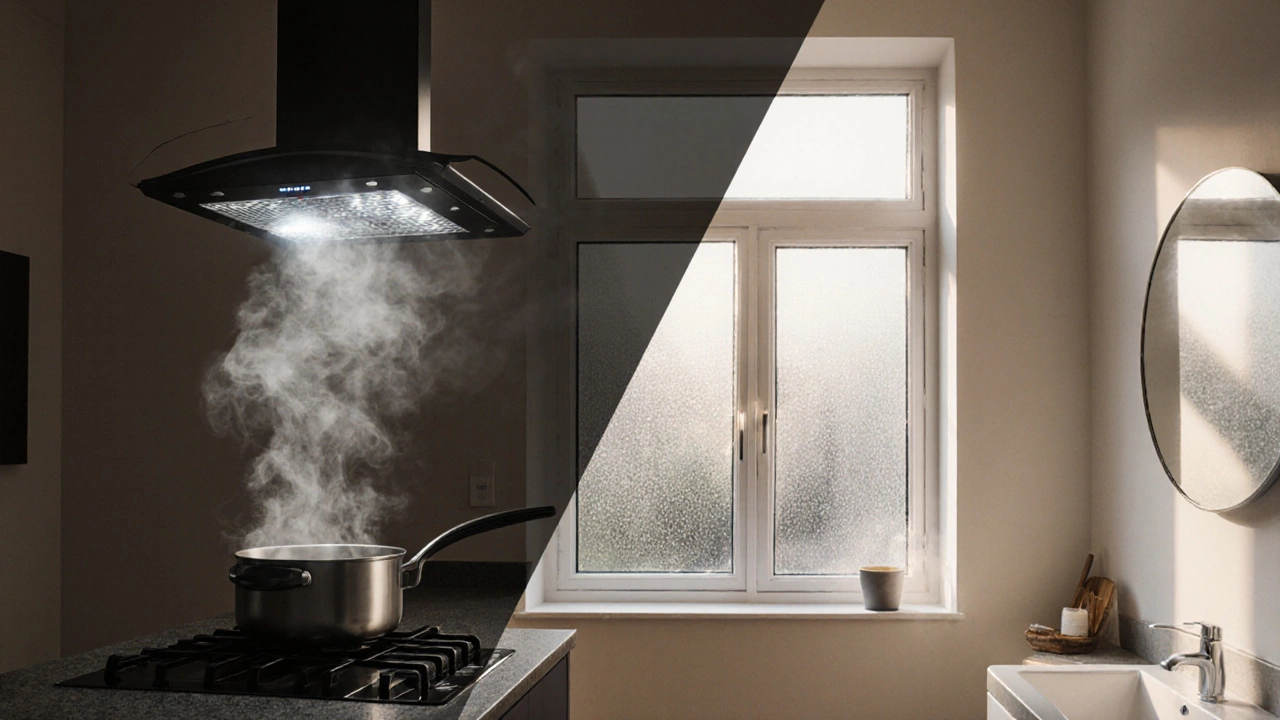
Explore whether you can live without an extractor fan, covering UK regulations, health risks, passive ventilation tricks, dehumidifier use, and when a mechanical fan becomes essential.

Stuck with a broken extractor fan and not sure what to do next? This article gives you practical ideas for improving air flow in your kitchen or bathroom when the fan is out of action. Learn about effective ways to keep humidity, smells, and condensation under control using simple tools and habits. Discover the pros and cons of each alternative solution so you can pick what fits your place best. Skip the stress and get the facts on dealing with bad ventilation the easy way.
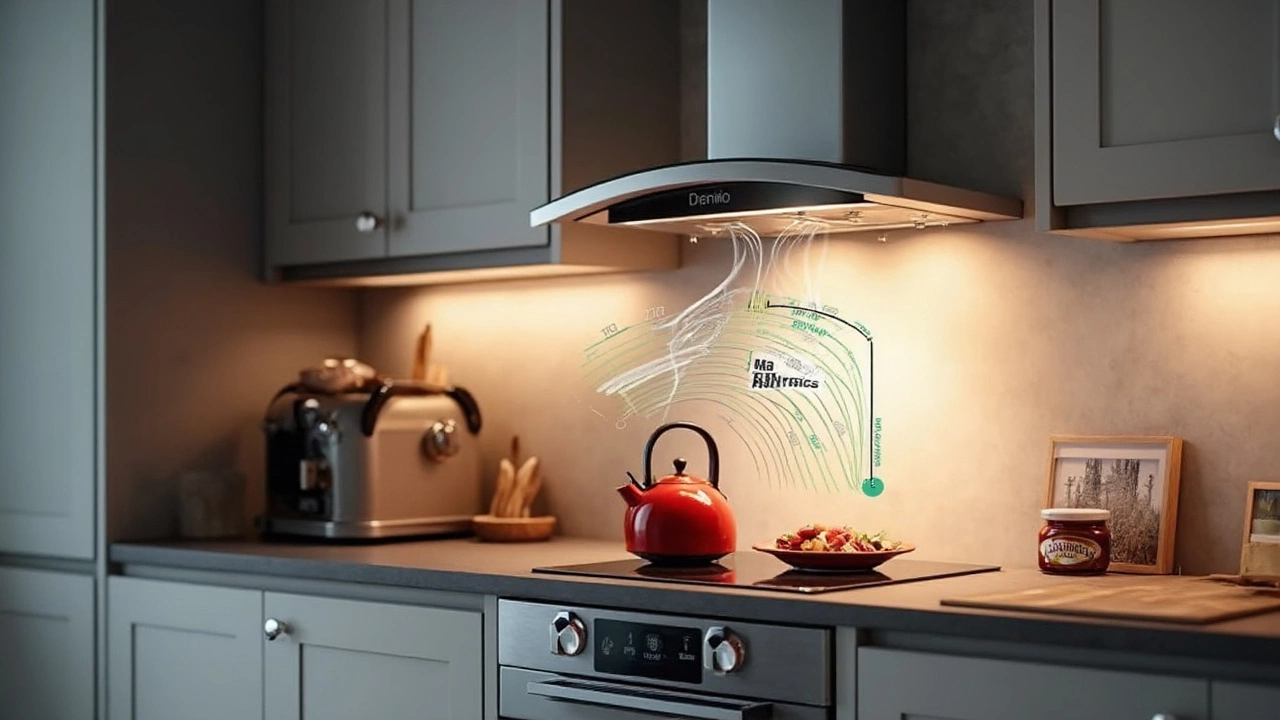
Choosing the right extractor fan can be a tricky task with so many options on the market. This guide breaks down key factors like fan types, sizes, noise levels, and energy efficiency to help you make an informed decision. We dive into tips on proper sizing and essential features to look for. Find maintenance tips and tricks to keep your fan running smoothly. Equip yourself with the knowledge you need to ensure a wise investment.
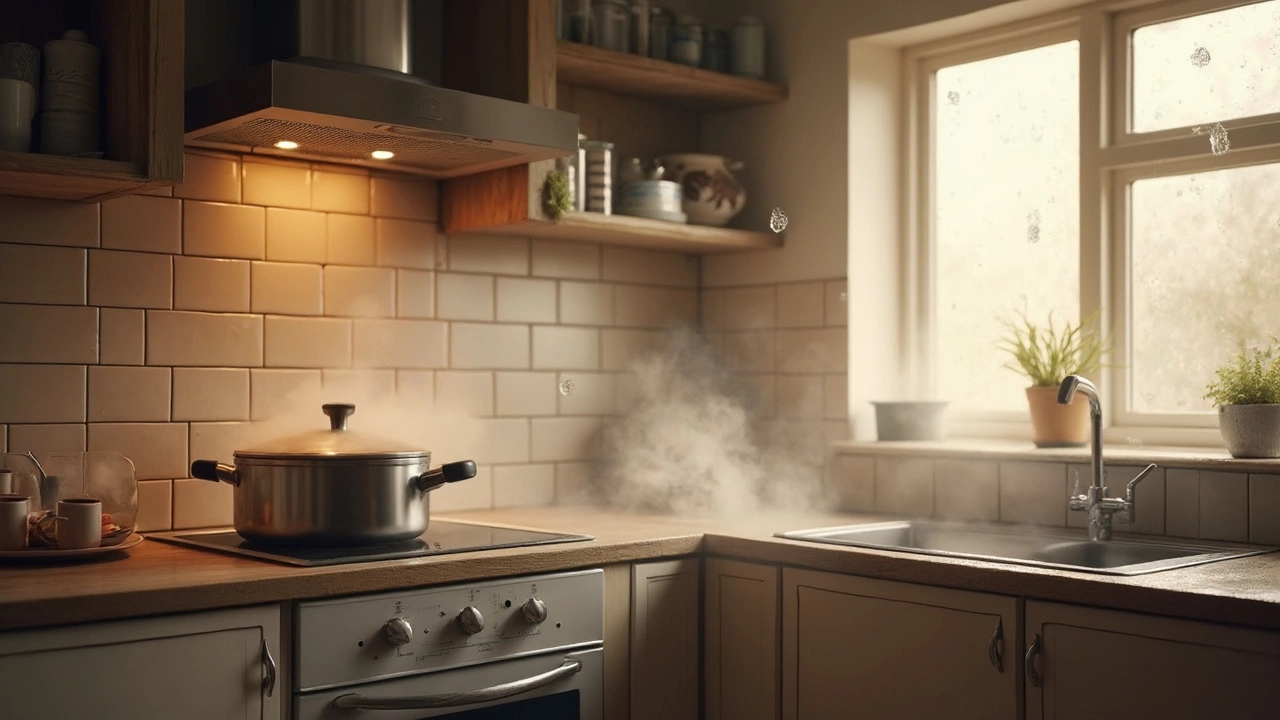
Not using an extractor fan can lead to unexpected issues in your kitchen or bathroom. From accumulating moisture and odors to potential damage over time, extractor fans play a crucial role in home maintenance. This article explores why these devices are essential, the problems that arise from neglecting them, and practical tips on proper care and repair.

Discover how long extractor fans last, what shortens their life, and tips to maximize their lifespan in your kitchen or bathroom. Practical, clear advice from real experience.
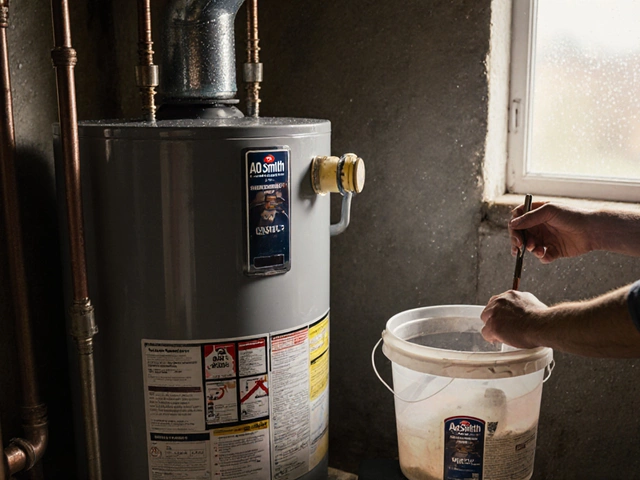
AO Smith, Bradford White, and Rheem are the most durable water heater brands, often lasting 12-15 years with proper maintenance. Learn what really affects lifespan and how to make your heater last longer.
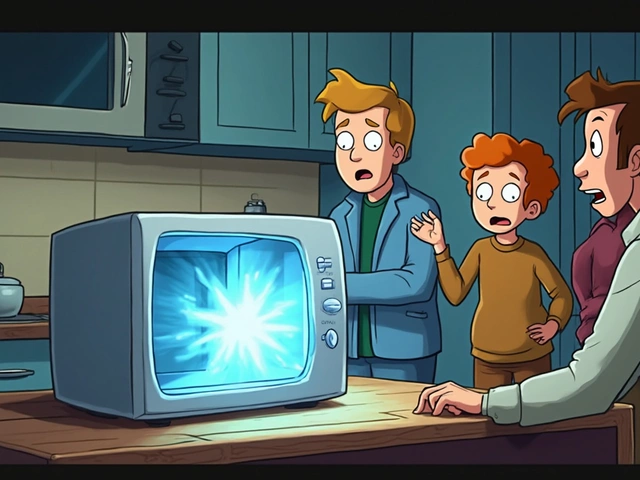
When your microwave starts making strange noises or fails to heat your food, it might be time to think about the magnetron. It's like the heart of your microwave, but is it worth the trouble to replace it or should you just buy a new one? This article explores the costs, benefits, and the nitty-gritty of magnetron replacement, throwing in some pro tips to help you make the right decision.

Boiler servicing is an essential aspect of home maintenance that ensures safety and efficiency. While it might seem tempting for homeowners to attempt servicing their own boilers, it's crucial to understand the complexities and risks involved. This article explores whether boiler maintenance can be a DIY project, providing key tips and insights. It offers guidance on what aspects are safe to handle on your own and when to call in a professional.
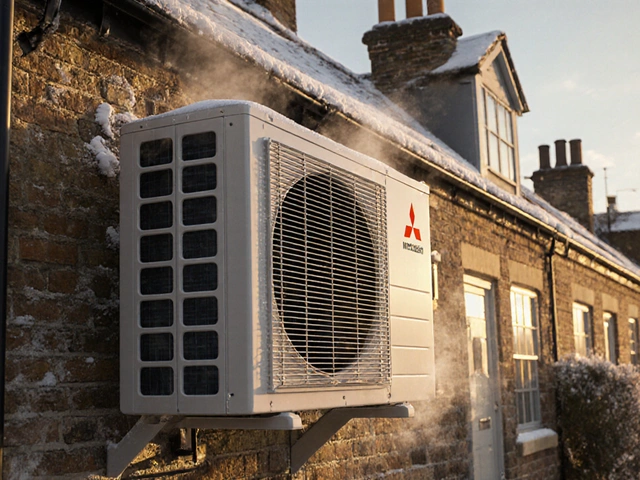
Discover the most reliable heat pump brands for UK homes in 2025, based on real repair data, warranty claims, and installer feedback. Avoid costly mistakes by choosing wisely.